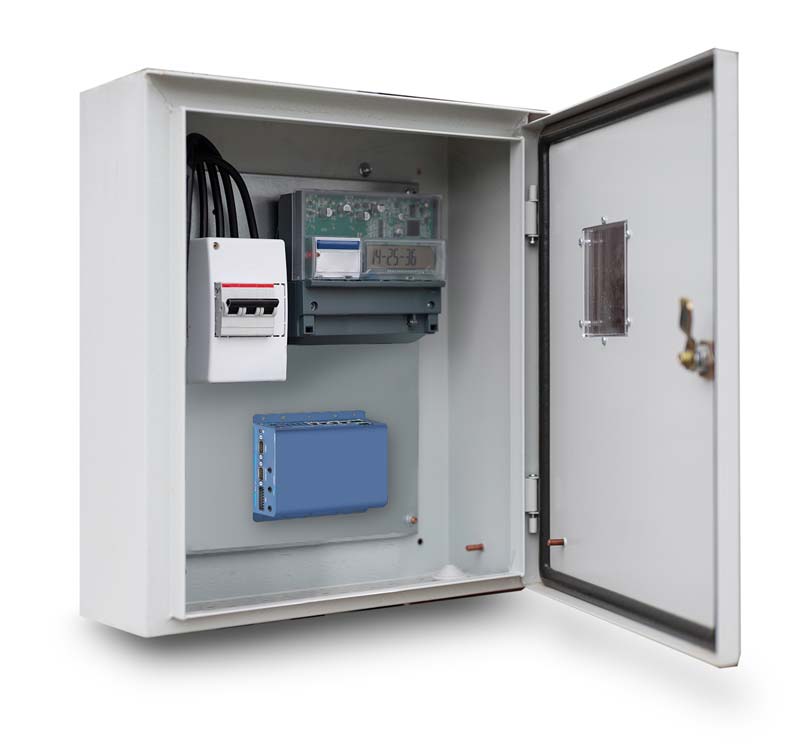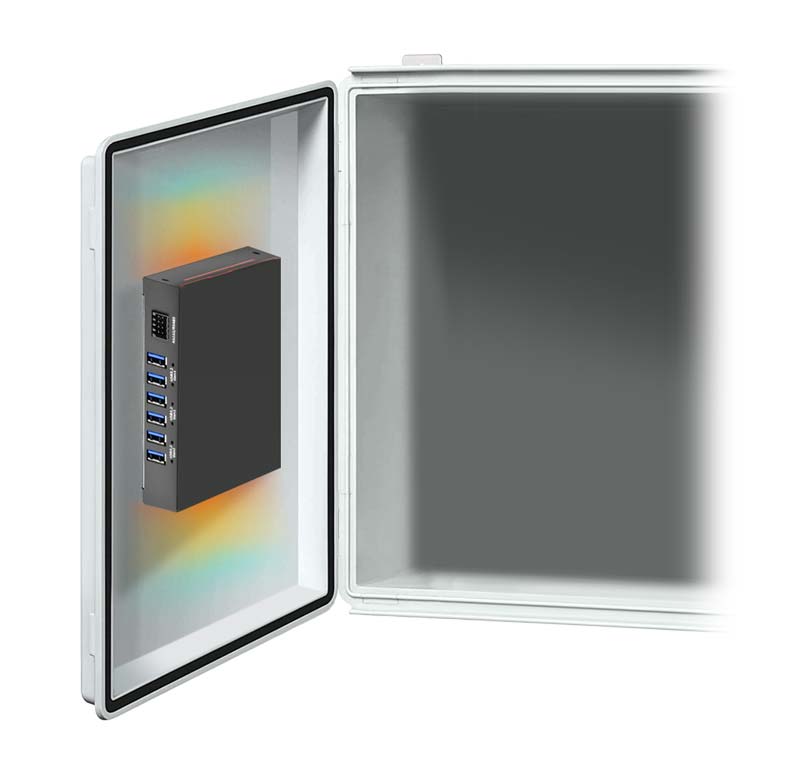Overview

Industrial vision inspection systems operate in challenging environments that can severely impact their performance and longevity. In the food and beverage industry, conditions such as exposure to fluids, chemicals, and high humidity levels pose significant risks to electronic components. These factors can lead to corrosion, short-circuits, and decreased functionality which may necessitate robust protective measures.
In metallurgy and automotive component production, airborne particles cause various interference with electronic devices that are not sealed air-tight. Moreover, the higher-than-normal ambient temperatures can affect the thermal stability and longevity of components, while shock and vibration from heavy machinery may cause misalignment or damage to sensitive parts of the vision systems.
To mitigate these challenges, manufacturers often invest in specialized enclosures, cooling systems, and advanced materials designed to withstand extreme conditions. One of the common methods is to place the embedded computer inside a cabinet or enclosure to completely segregate it from the operating environment.
Challenges
To isolate vision inspection systems from airborne or chemical concentrated particles by placing them in a confined cabinet/ enclosure poses several challenges, and one must carefully plan each device's positioning and layout.
Heat generating devices must allow for clearance space for cooling (either passive or active), but even then, the device often overheats due to the constricted airflow within the enclosure.
When trying to squeeze multiple devices into a cabinet/ enclosure, each device's dimensions become a factor. The larger your devices are, the bigger the cabinet/ enclosure you're going to need. However, large cabinets/ enclosures are often not on the top of a solution provider's list of compromises.

Solution
Despite efforts, harsh industrial environments can still compromise the reliability and accuracy of vision inspection systems, emphasizing the need for continuous innovation and rigorous maintenance protocols. One of our partners chose Neousys in-cabinet IPC, the flattop heatsink embedded computers.
Neousys in-cabinet IPC, the flattop heatsink embedded computers have all the bells and whistles of an embedded system and more. It also has an innovative heatsink design that attaches to the inside of the enclosure wall and utilizes it for heat dissipation. By replacing traditional cooling fins with a larger heatsink that attaches directly to the enclosure, that not only maximizes cooling efficiency through the cabinet surface but also saves valuable space—making it ideal for confined environments.
Also, the in-cabinet flattop heatsink computers offer benefits such as smaller overall dimensions and not needing to allocate clearance space for cooling (space saving). This means there is more room to place other devices in the enclosure, or one can space-out the devices for better cooling.





